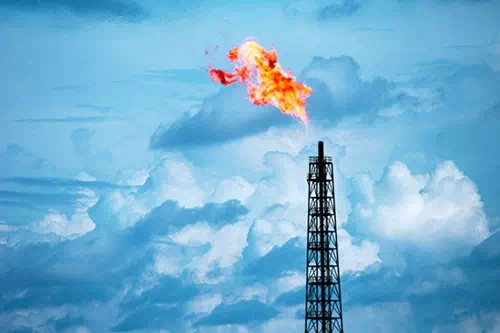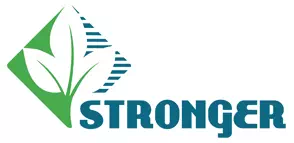

|
CERCLA The Comprehensive Environmental Response, Compensation, and Liability Act (CERCLA), commonly known as Superfund, was enacted by Congress on December 11, 1980. This law provided broad Federal authority to respond directly to releases or threatened releases of hazardous substances that may endanger public health or the environment. CERCLA:
CERCLA authorizes two kinds of response actions:
The Superfund program is administered by EPA in cooperation with individual states and tribal governments. Application of Superfund to the Natural Gas Extraction, Production and Processing CERCLA could apply to natural gas exploration, development and/or processing if hazardous substances are released or threatened to be released into the environment. Response and Removal Actions Pursuant to CERCLA Section 104, EPA has the authority to take response actions, undergo investigations and monitoring, and gather information in certain circumstances. For example, CERCLA Section 104(a) authorizes EPA to take a response action when "(A) any hazardous substance is released or there is a substantial threat of such a release into the environment, or (B) there is a release or substantial threat of release into the environment of any pollutant or contaminant which may present an imminent or substantial danger to the public health or welfare." In addition, under CERCLA Section 106, EPA may issue administrative orders or seek judicial action when an actual or threatened release of a hazardous substance may cause an imminent and substantial endangerment. EPA may choose to use its authority under CERCLA Sections 104 and 106 in appropriate circumstances at natural gas exploration, production and processing operations. Notification Requirements for Accidental Releases Like any industrial operation, natural gas exploration, production and processing operations are subject to accidental releases and are required to notify the National Response Center (NRC) of any releases of hazardous substances at or above its reportable quantity. The list of hazardous substances and their RQs are codified in 40 CFR 302.4 :
For release reporting requirements under the Emergency Planning and Community Right-to-Know Act (EPCRA), please see the EPCRA section of this website.
|
Funded by EPA through a Cooperative Agreement
|
 |
||
About | Technical Topics | Federal Statutes & Regulations - US EPA | Federal Statutes & Regulations - Non-EPA | Emergency Response |
|
EPA Resources | State/Local Resources | Other Resources | Acronyms | Search | Disclaimer | Home




